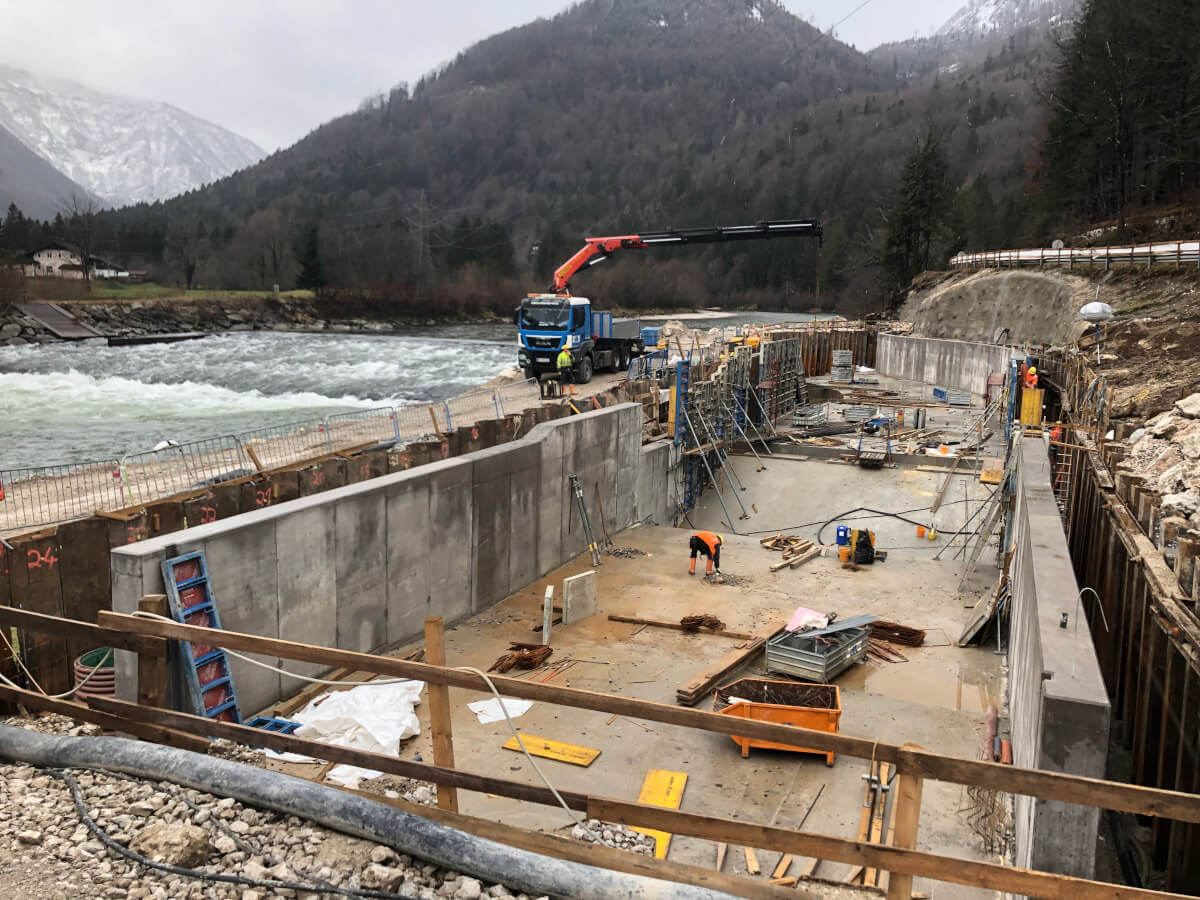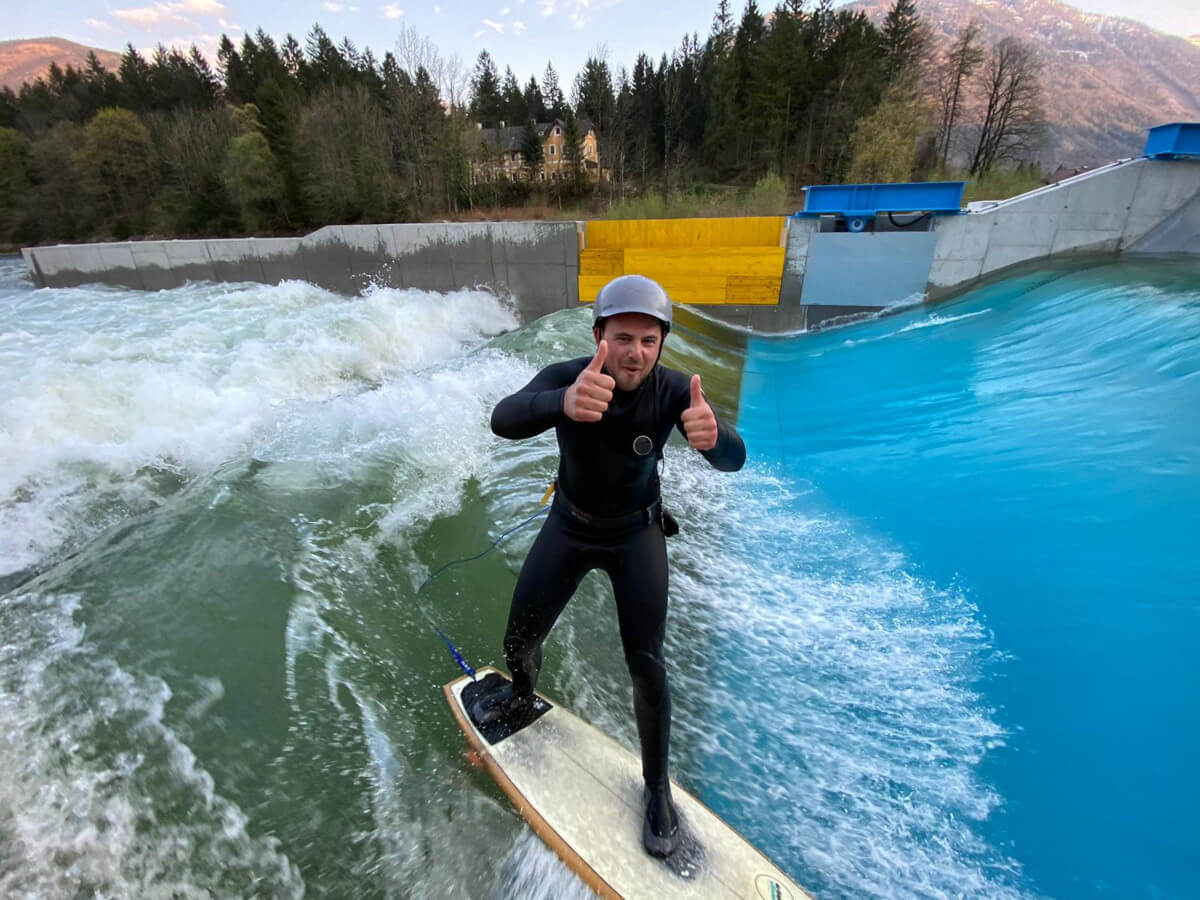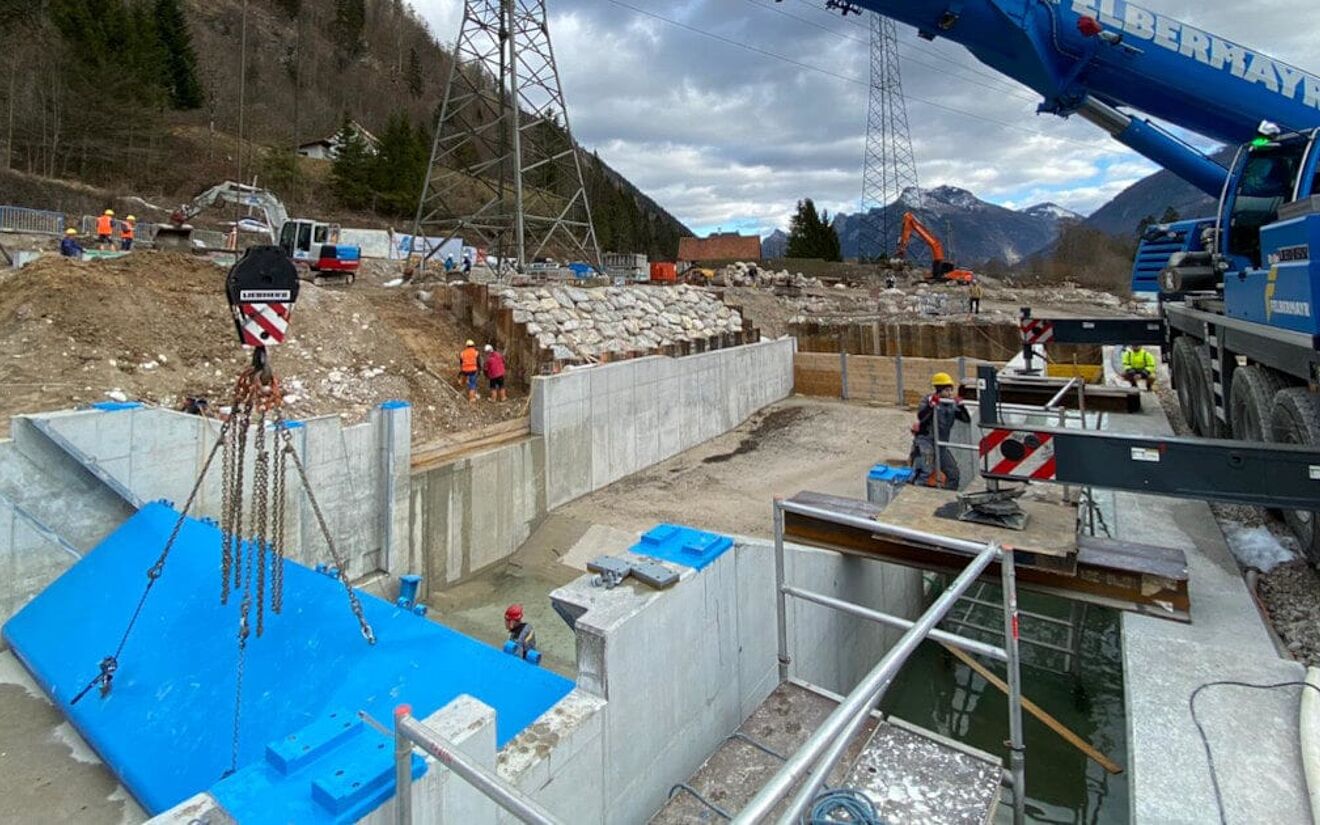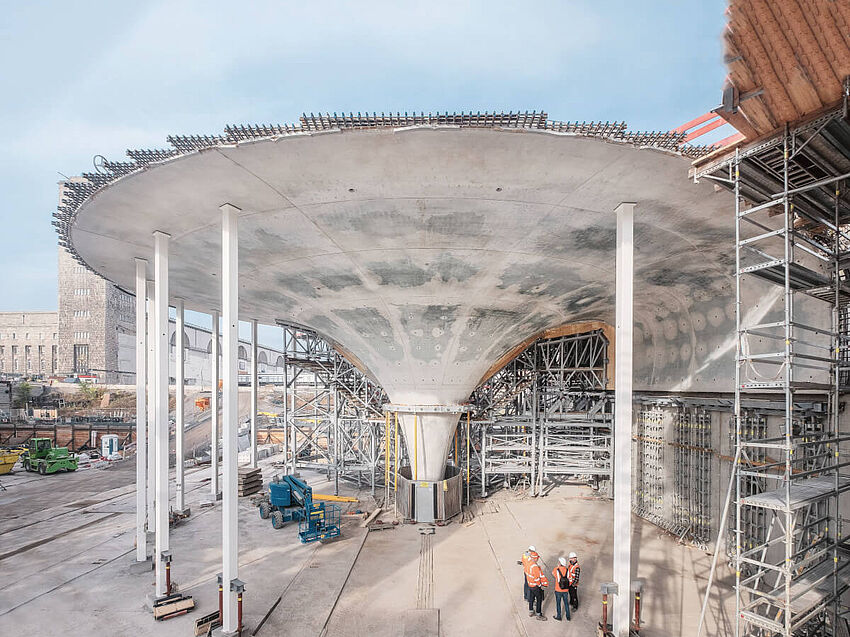ALLPLAN 2025-1: Smarter Workflows and Stronger Collaboration
In the second part of our article on the world’s largest built river wave, we take a closer look at its complex design.
Constructing a standing river wave is not exactly part of Engineering 101. The planning of The Riverwave (Ebensee, Austria) – the largest artificial river wave in the world – therefore required an international team from various disciplines. In addition to concon’s lead structural engineers, the project involved local partner engineers (due to regulatory and hydraulic engineering differences with Germany), TGA planners and surveyors, biologists, geologists, local fisheries, and environmental protection authorities. Ben Nilsen from McLaughlin Whitewater of Denver, Colorado, also played a special role. The water sports construction specialist provided concon with significant support in the hydraulic dimensioning and calculation of the standing wave’s dimensions.

Planned in 3D
Working with the US engineer proved to be one of the challenges of the project. When Ben Nilsen used gallons or cubic feet per second, Central Europeans used to the metric system had no idea what he was talking about. However, in ALLPLAN – the planning software used – the conversion of the units of measurement proved to be unproblematic. The program was used to design the entire project in 3D, from the steel hydraulic engineering to the embankments and the riverbed. In addition, there was a supplementary excavation model for an exact quantity takeoff and a precise terrain model.

Precision in execution
Numerous advantages resulted from the model-based planning. Concon Managing Director Benjamin di-Qual and his team worked with attributed components from the early planning phases. From this, the exact volumes and quantities could be derived automatically. In turn, this formed the basis for equally precise cost planning and, not least, for the invitation to tender. Another benefit was the precision of the execution. For example, the data from the terrain model could be passed directly to the GPS control of the excavators, which then carried out the excavation. With the accuracy of a machine, the excavation was correspondingly perfect on the construction site.

Model and as-built condition accurate to the centimeter
Precise execution was also aided by a reinforcement model in 3D, which proved extremely helpful, especially for building the recesses for the wave shaper. In addition to the 2D reinforcement plans, the construction workers also received 3D detailed views to better grasp the complex reinforcement routing with returns, anchorages, etc. In the end, thanks to the engineers’ correct calculations and model-based planning – and the excellent implementation by the contractors – the model and the as-built condition matched each other to within centimeters.





